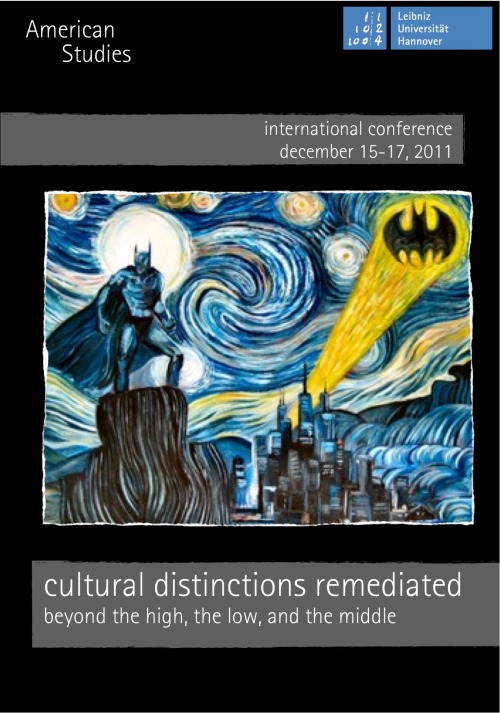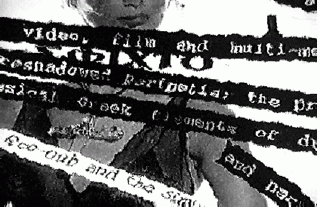
[UPDATE: I have posted the complete first chapter at my academia.edu page: here.]
A while back, I posted a summary, in German, of my dissertation Postnaturalism: Frankenstein, Film, and the Anthropotechnical Interface, which I submitted last year and am currently revising for publication. The dissertation was advised by Ruth Mayer (American Studies, Leibniz University Hannover) and Mark B. N. Hansen (Program in Literature, Department of Art, Art History and Visual Studies, Program in the Arts of the Moving Image, Program in Information Science+Information Studies, and Visual Studies Initiative, Duke University). Anyway, the dissertation itself is in English, and since I’ve had a few requests from non-German-speakers, I thought I would repost the summary, but this time in English:
Postnaturalism: Frankenstein, Film, and the Anthropotechnical Interface
Shane Denson
In this dissertation, I argue that the filmic progenies of Mary Shelley’s Gothic novel Frankenstein cast a special light on the historicity of human-technological interfaces—supposing, at least, that we approach the films in a vigorously historicizing manner. Seen in the context of the historical connections that obtain amongst their narrative contents, their social settings, and contemporaneous cultural conflicts; set in relation to media-technical infrastructures, innovations, and transitions; and located squarely in the material and experiential parameters of historically situated spectatorship, Frankenstein films reveal specific, changing configurations of human-technological interaction: patterns, tendencies, and deviations that mark moments in a richly variable history that is at once a history of cinema, of media, of technology, and of the affective channels of our own embodiment.
The body of this work is divided into three main parts, the task of Part One being to locate the experiential challenges posed by Frankenstein films. Towards this end, Chapter 2 develops a historically indexed “techno-phenomenology” of the dominant film-viewer relations under the paradigms of early and classical film; I then apply this perspective to the analysis of two Frankenstein films from the respective film-historical periods, each of which is shown to instantiate a vacillating destabilization of spectatorial relations, pointing to a volatile intermediate realm between the phenomenological regimes of early and classical cinema. In Chapter 3, I follow this cue to the transitional era of the 1910s, and specifically to the first known Frankenstein film proper: the Edison Studios’ 1910 production Frankenstein. As I argue in that chapter, the dualities of address exemplified in this film point to a broader experience of transitionality which, on the move between more determinately stabilized situations, presents itself negatively to phenomenological subjectivity—as an indeterminate gap.
It is in these gaps of transitionality that I locate Frankenstein films’ characteristic challenge, and in Part Two I take up that challenge by formulating a theoretical framework, that of postnaturalism, that would be able to answer the films’ provocations. Chapter 4 first circles around the gaps that feminist readers have located in the text of Mary Shelley’s Gothic novel before diving into them to discover a theory of a pre-personal and therefore non-discursive contact between human embodiment and technological materiality. On the basis of this contact, as I argue, technological revolutions (such as the industrial revolution in the wake of which Shelley composed her novel) are capable of radically destabilizing human agency, causing us to draw experiential blanks and to produce textual gaps—which, however, are quickly filled in and forgotten in the process of novel technologies’ habituation and naturalization. In the techno-scientific interlude of Chapter 5, I trace these processes in the context of the industrial steam engine’s recuperation by thermodynamic science in order to uncover the postnatural historicity of natural science’s nature itself—i.e. the fact, not reducible to an epistemic phenomenon of discursive construction and projection on the part of human subjects, that material nature itself is constantly in motion, in transition, and that—due to the role of technologies in this history—nature has thus never been “natural.” Chapter 6 translates these findings into a specifically postnatural media theory, which pertains not only to empirically determinate apparatuses but to the very historicity of the phenomenological realm as it is co-articulated between human and nonhuman agencies; as a film-theoretical correlate of this theory, I put forward what I call a “cinematic double vision,” which alternates between a Merleau-Ponty inspired phenomenological perspective and a Bergsonian metaphysics to reveal film experience as animated by the interchange between human situations and technological displacements.
Part Three then returns to Frankenstein films to demonstrate the films’ special relations to the postnatural historicity of the anthropotechnical interface and, in effect, to execute a rapprochement between the conflicting human and nonhuman agencies inhabiting these films. In order to do so, Chapter 7 turns to the paradigmatic filmic progenies, James Whale’s Frankenstein and Bride of Frankenstein, and, on the theoretical basis of postnaturalism, alternately illuminates the human and nonhuman perspectives that come together to animate the films’ central creature. In this confrontation—the staging of which is inextricable from the films’ historical moment and specifically from their relations to the then-recent transition to sound cinema—I seek a non-reductive means of apprehending the alterior agency that occupies the gaps in subjective experience provoked by Frankenstein films. Chapter 8, by way of conclusion, briefly pursues this line beyond the paradigm case, taking a more synoptic view of the continuing proliferation of the Frankenstein film; here I seek to illuminate the active role played by cinematic technologies in eliciting a fleeting experience of transitionality, which lies submerged beneath the weight of our habituated or “natural” relations to those technologies. The rapprochement of which I spoke consists, then, of a recognition of the mutual articulation of experience by human and nonhuman technical agencies, whereby the affective and embodied experience of anthropotechnical transitionality is not arrested and subjugated to human dominance, but approached experimentally as a joint production of our postnatural future. This is the ultimate challenge posed for us by Frankenstein films.





